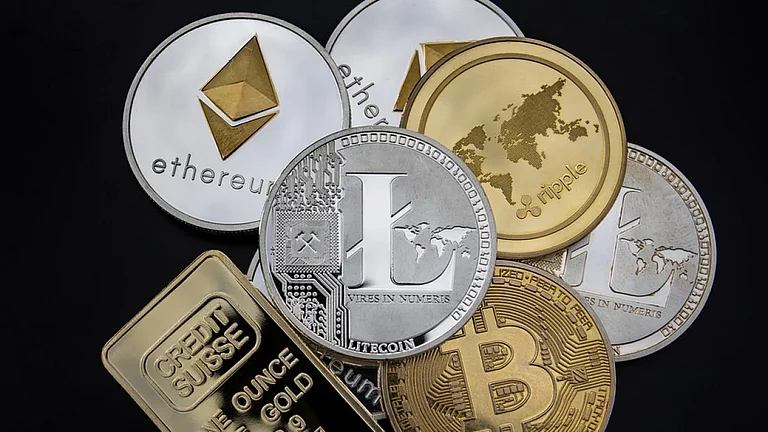
Summary of this article
Stablecoins are cryptocurrencies pegged to assets to reduce price volatility.
They enable stable transactions, remittances, and use in decentralized finance.
Their adoption is growing, influencing trading, payments, and financial markets.
Cryptocurrencies often experience rapid price changes, which make them seem unpredictable and volatile to many users. Amid this volatility, stablecoins have attracted the attention of crypto investors for their ability to hold value and their overall role in trading and payments. Thus it is important to know how stablecoins work for crypto investors.
What are stablecoins?
Stablecoins are a type of cryptocurrency that are based on an external asset, like a financial instrument, commodity, or fiat currency, in order to keep their value stable. By reducing price volatility, they make traditional cryptocurrencies useful for regular transactions and blockchain-based financial services.
Some popular stablecoins include USDT (Tether), USDC (USD Coin), BUSD (Binance USD), and DAI.
How Stablecoins Are Used
Stablecoins are quickly being used in a variety of financial activities and marketplaces, providing ways to transfer value and manage risk, according to Vedang Vatsa the founder of Hashtag Web3.
“Stablecoins are designed to maintain a relatively stable value, unlike most cryptocurrencies that can fluctuate sharply. In high-inflation or tightly controlled economies, they can act as a store of value and a bridge to global markets,” Vatsa told Outlook Money.
He adds that they may enable faster, cheaper remittances, support round-the-clock settlements between firms, and serve as collateral in decentralised finance, with their role likely expanding as regulations and access improve.
Key Things to Know About Stablecoins
Vedang Vatsa explains that investors should consider that some stablecoins depend on trust in reserves or algorithms, which can sometimes fail, and there are some additional factors to keep in mind.
Stablecoin regulations are still developing, which can lead to uncertainties in terms of compliance and legality.
Transparency regarding audits and reserve backing can vary between issuers, affecting investor trust.
The number of tokens produced and the assets held may not match, which can create financial risks.
In unusual market conditions, stablecoins can experience liquidity problems or fail to maintain their peg, as seen in past de-pegging events.
The Future and Impact of Stablecoins
In the future, stablecoins are expected to play an important part in global finance. Vikas Kumar Gupta, Bybit India's Country Manager, said:
“The future of stablecoins is being shaped by transparency, regulation, and broader use beyond exchanges. Fully backed and audited coins are gaining demand, with integration into payment networks like PayPal’s PYUSD and Visa/Mastercard’s USDC increasing.
He added, 'Stablecoins now account for over 60 per cent of daily trading volumes on major exchanges, serving as a bridge between fiat and volatile digital assets.' Regulators worldwide are increasingly viewing them as core financial infrastructure, with frameworks like the GENIUS Act and MiCA reflecting this shift.”











